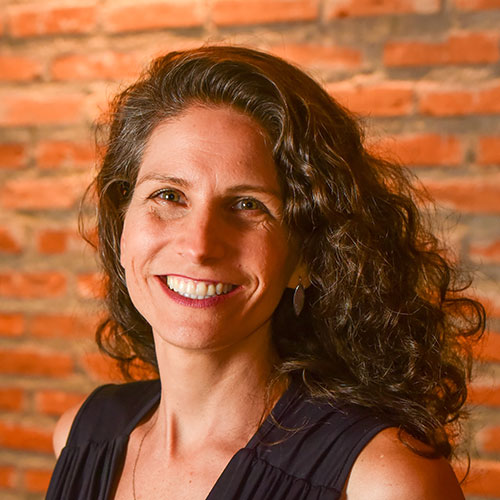Get to know six institutions that work with women’s rights
To remember the importance of International Women's Day, we made a list of six institutions that work to defend women's rights in Brazil
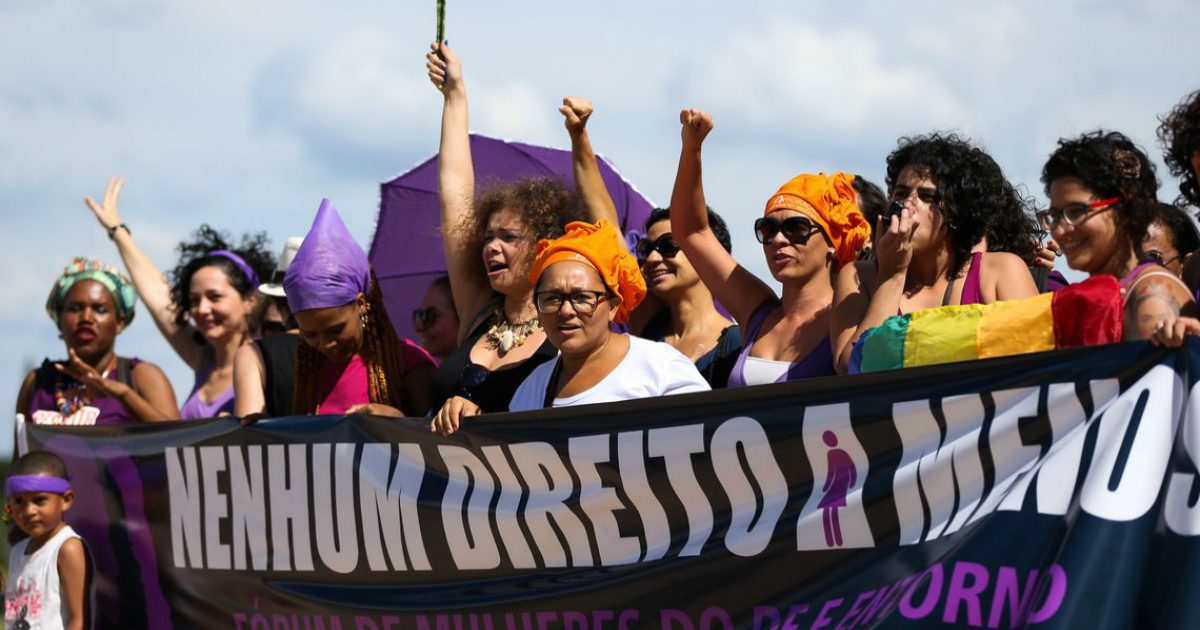

International Women’s Day is a historic date that is linked to women’s demonstrations in the United States and Europe at the beginning of the 10th century. The demonstrations were initiated by labour rights and expanded over time to other places and rights. But even though many achievements have been achieved by women around the world since then, gender inequality remains. Therefore, the date remains a moment of reflection and articulation. To remember the importance of this day, we made a list of six institutions that work to defend women’s rights in Brazil.
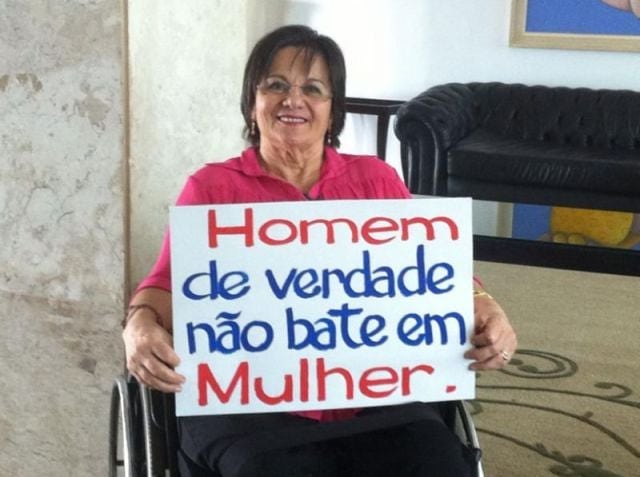
1 – INSTITUTO MARIA DA PENHA
Maria da Penha became a symbol of the fight against domestic violence against women. Law no. 11.340/2006 was created to guarantee the rights of women victims of violence in the country and bears its name as a form of symbolic reparation after years of omission by the Brazilian State and impunity for the aggressor. Founded in 2009, with headquarters in Fortaleza and representation in Recife, the Maria da Penha Institute (IMP) aims to encourage and contribute to the full application of the law, as well as to monitor the implementation and development of best practices and public policies for its fulfilment, promoting the construction of a society without domestic and family violence against women.
https://www.institutomariadapenha.org.br/
2 – ARTICULAÇÃO NACIONAL DAS MULHERES INDÍGENAS GUERREIRAS DA ANCESTRALIDADE (ANMIGA)
Indigenous women from all over Brazil joined forces with their knowledge and traditions to act in defence of the rights of indigenous peoples and against gender violence in the villages. Among the main actions of the articulation is the organization of the March of Indigenous Women, which takes place between August and September in Brasília since 2019, the fight against the time frame thesis and the defence of indigenous women in connection with the defence of indigenous territories and biodiversity.
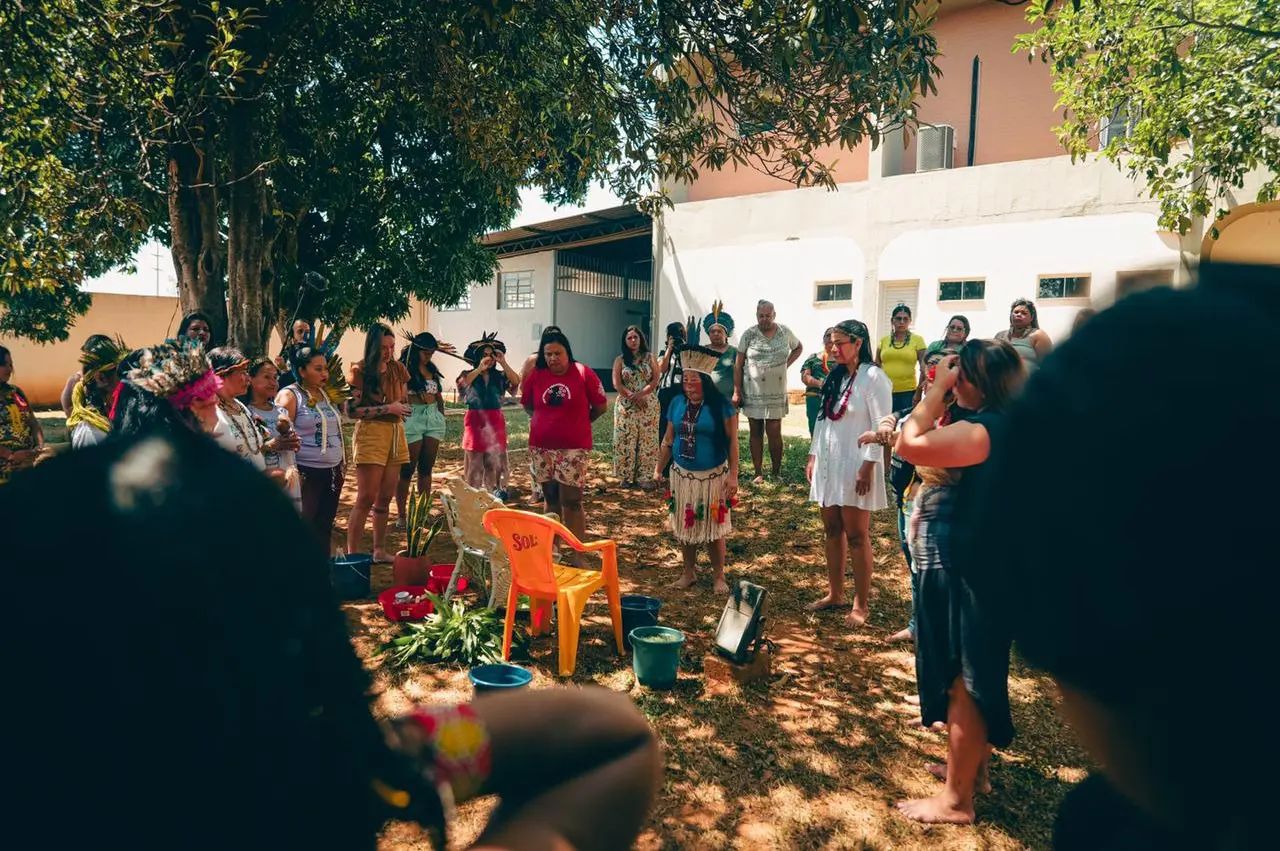

3 – REDE FEMINISTA DE JURISTAS
Acting in the defence and guarantee of women’s rights, the Feminist Network of Jurists assists welcomes and strengthens victims of structural violence. Created in 2016, it aims to promote gender and gender equality. To this end, the network is also engaged in the defence and protection of people from minority groups, especially black and brown women, indigenous people, trans women, trans men, the LGBTQIA+ population, people with disabilities, children, adolescents and the elderly. The network provides a welcome structure and multidisciplinary support to victims of violence and gives vulnerable groups access to citizenship, building and consolidating an intersectional feminist current in all fields of Brazilian law.
4 – MARIA MULHER
The Maria Mulher NGO started with a group of 30 women in Porto Alegre, Rio Grande do Sul, in 1987. The women came from the Black Movement, the Feminist Movement, and trade unions. Some were not part of any movement at all. It is a pioneer organization of black women in Brazil. Maria Mulher’s institutional mission is to defend “the human rights of marginalized and excluded populations, especially Afro-descendants, and the fight against sexist, ethnic-racial and social discrimination”. Topics such as racism and sexism, health, work, racial violence and symbolic representations of the black population guide the Organization’s actions of awareness, resistance and social action.


5 – REVISTA AZMINA
Revista AzMina is a journalistic vehicle focused on covering diverse themes from a gender perspective. It appeared in 2015, with crowdfunding. The objective is to inform and raise awareness about the importance of promoting and protecting women’s rights, expanding women’s self-knowledge and self-esteem and producing evidence for changes aimed at gender and race equity. It is important to emphasize that women are not seen as a universal category by the magazine, the editorial board always considers “the perspectives of race/ethnicity, class, sexual orientation and gender identity, including trans, transmasculine men and non-binary people in the coverage”.
6 – COLETIVO FEMINISTA SEXUALIDADE E SAÚDE
Coletivo Feminista Sexualidade e Saúde is a non-governmental organization located in São Paulo, founded in 1981. It operates in primary care for women’s health, from a feminist and humanized perspective. Since its inception, Coletivo has been structured around its private practice and over the decades has been able to develop several projects based on funding from international and national organizations and agreements with governments. Offering awareness courses on women’s health issues, the first works of the Feminist Collective took place in trade unions, neighbourhood associations and other entities located on the outskirts of São Paulo and neighbouring municipalities such as Grajaú, Carapicuíba, Santa Isabel and Guarulhos.
https://www.mulheres.org.br/coletivo-feminista/
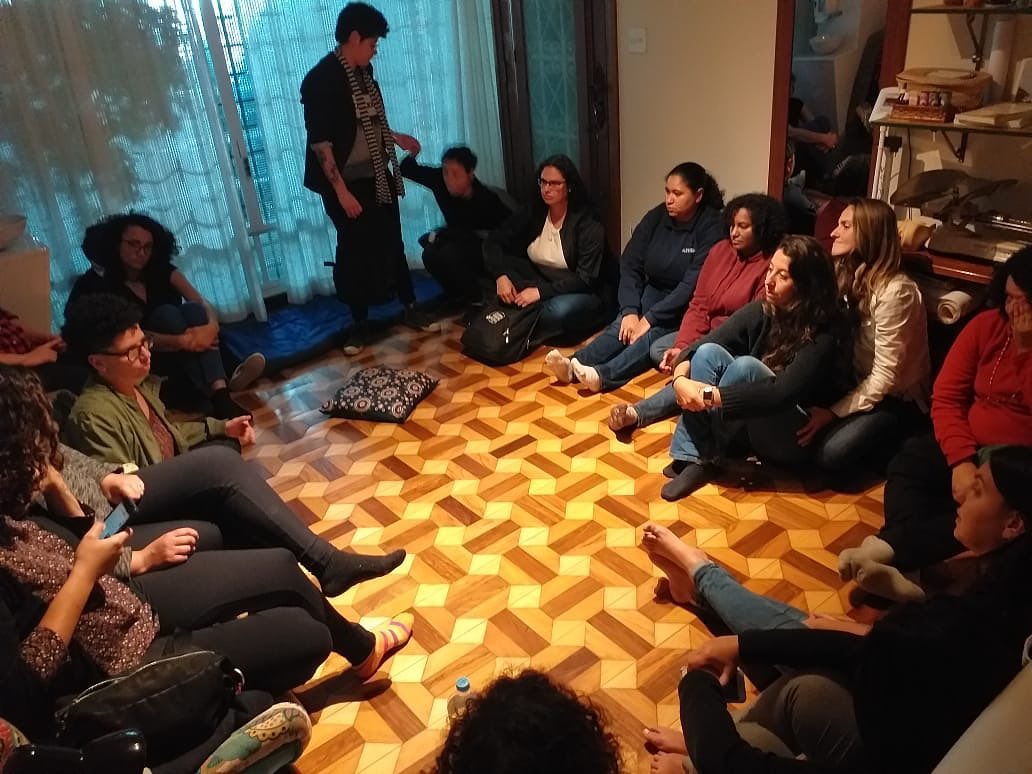

How did International Women’s Day come about?
International Women’s Day was proposed by the UN (United Nations) in 1975. The goal is to remember women’s political and social achievements. The historic date, however, had already been celebrated many decades before being officially adopted. Some events that took place at the beginning of the 20th century were decisive for its implementation.
At the end of February 1909, a march brought together about 15,000 women in defence of labour rights in New York. Women worked up to 16 hours a day, six times a week, or even on Sundays, and they were the ones who suffered the most from the excessive workload. Similar movements gained space and the German Clara Zetkin proposed the creation of a day of demonstrations during the Second International Conference of Socialist Women, held in August 1910.
Since then, Women’s Day has been celebrated in several countries during March. There was also the fire that occurred at the Triangle Shirtwaist factory, in March 1911, in New York, in the United States, which killed 125 women. The workers were unable to escape the fire due to the locks on the doors, a practice adopted by factory owners to control the entry and exit of male and female workers. The disaster is usually associated with the beginning of the movement around Women’s Day, even though the date was already under discussion in the socialist parties.
Suffragette Movement and Russian Revolution
Other events were also important to consolidate the historic date: in 1913, American women returned to the streets to demand the right to vote in the United States, starting the Suffragette Movement. Shortly thereafter, in 1917, thousands of Russian factory workers went on strike against hunger and World War I. Many historians regard the strike as fundamental to the end of the tsarist monarchy, which started the Russian Revolution.
Currently, women from various cities around the world take to the streets on March 8, when International Women’s Day is officially celebrated, to keep alive the demands for the defence of women’s rights on various fronts, from labour rights to the end of violence against women, autonomy over one’s own body, reproductive justice, among others.
On International Women’s Day, support a feminist organisation!
* Notice to readers: during March, Lupa do Bem’s production will focus on topics on women’s rights, empowerment and female plurality, in celebration of International Women’s Day.
